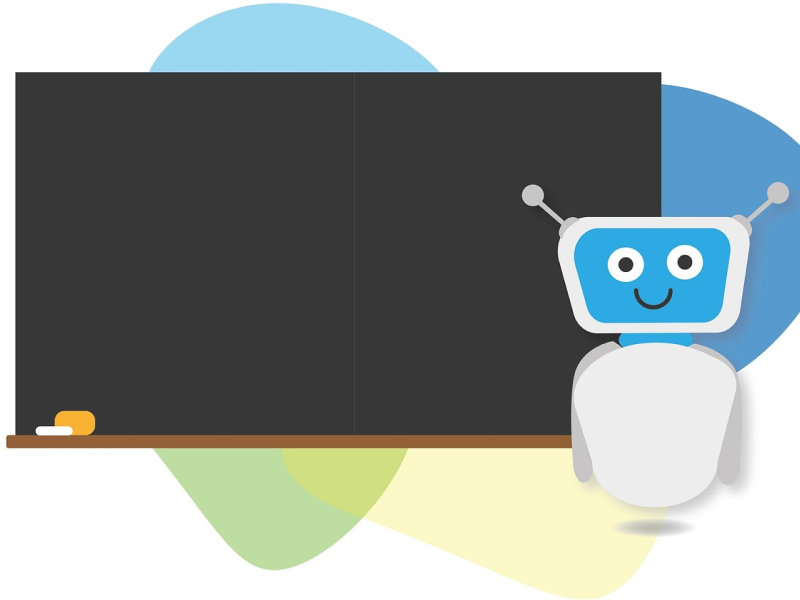

ChatGPT 4 is OpenAI's most advanced AI chatbot to date, offering an improvement over its predecessor, ChatGPT 3.5. The major differences? Enhanced comprehension, more nuanced and well-rounded answers, and reduced biases—all designed to help elevate the quality of responses. After hands-on testing, it's clear that ChatGPT 4 brings a sharper cognitive edge, shifting from straightforward summaries to responses that often reach a scholarly level of depth and precision. Sure, answers take longer to generate, but the payoff—thoughtful and articulate outputs—feels worth the wait.
One key drawback, however, remains unchanged from 3.5. ChatGPT 4 does not have live internet access, meaning its knowledge is limited to data up to August 2023. While this is a slight improvement over 3.5’s September 2021 cutoff, ChatGPT 4 can't provide up-to-date insights, like comparing the latest Samsung Galaxy and iPhone models. Instead, it relies on speculative language to fill in gaps, which can feel limited for current events or the latest tech reviews.
Still, the cognitive upgrades make ChatGPT 4 an excellent option for users demanding accuracy and more critical thinking on complex queries. It’s a smart investment for those seeking high-quality answers tailored to advanced needs.
CNET evaluates AI chatbots by simulating real-world use cases rather than throwing abstract puzzles at them. Whether it's researching travel plans, modifying recipes, or drafting emails, the objective is to test what actual users would encounter. We focus on practicality and accuracy, ensuring AI tools meet everyday demands while pushing them to see how they handle advanced, layered queries. Want to see our full methodology? Check out our AI testing guide for more details.
ChatGPT 4 does a great job synthesizing data for general shopping advice—as long as your queries fall within its knowledge cutoff. For example, reviewing pre-August 2023 products like TVs or laptops was a breeze, with recommendations supported by sound reasoning. But for newer items, such as the iPhone 15, ChatGPT tends to hedge with assumptions instead of accurate insights (“might include,” “should feature”), which won’t satisfy those looking for the freshest take.
When tasked with comparing products like the LG OLED G3 vs. G4 models, ChatGPT 4 relies on hypotheticals despite one of the products being already released. That said, for evergreen questions like choosing a robust uninterrupted power supply for sensitive electronics, ChatGPT 4 delivers detailed, spot-on guidance, even explaining why sinewave power supplies are ideal. However, if timely product comparisons are crucial, alternatives like Microsoft Copilot and Google Gemini—with live internet access—are better options.
While traditional recipes are easy for AI to generate, ChatGPT 4 stands apart for its creativity with fusion dishes. For example, it nailed a request for a Thai-inspired tres leches cake by incorporating flavors like coconut milk and lemongrass, combined with a touch of chili heat. That said, when asked for classic recipes like chicken tikka masala, it sticks to basics, omitting traditional ingredients like fenugreek. This makes it a decent choice for adventurous cooks, less so for cultural authenticity.
Article summarization is where ChatGPT 4 shines. Unlike free competitors, which often only skim the surface, ChatGPT 4 delivers thoughtful, in-depth analyses. For instance, it successfully condensed an article about the 2024 CES tech show into a summary that highlighted broader industry trends while addressing expert insights and skepticism—a level of context other AI bots missed. Plus, there's no character limit for input, making it more versatile for longer texts.
ChatGPT 4 mostly delivers accurate and varied travel recommendations. It performed well when tasked with creating a three-day itinerary for Columbus, Ohio, offering a mix of top-rated restaurants and attractions like The Pearl and the Columbus Zoo. However, its accuracy falters occasionally; for example, when asked for a Bushwick neighborhood itinerary, it mistakenly included destinations from Greenpoint, located over 30 minutes away. This highlights the need for fact-checking when planning with AI.
Where ChatGPT 4 truly shines is in tackling complex or abstract questions. For example, we challenged it with a dense philosophical prompt incorporating multiple schools of thought from different eras. ChatGPT 4 not only broke down the individual components, defining the philosophies involved, but also synthesized the information into a coherent and structured answer. This advanced reasoning ability sets it apart from its predecessor, making it a strong contender for challenging academic or intellectual tasks.
At $20 per month, the decision ultimately depends on what you need. For casual tasks—writing emails, summarizing simple texts, or generating basic ideas—the free ChatGPT 3.5 model works just fine. However, if your inquiries require layered thinking, detailed analysis, or creative problem-solving, the upgrade to ChatGPT 4 is a game-changer.
ChatGPT 4 thrives in areas where precision and deeper insights are critical, such as product research, academic-level inquiries, or niche applications. If you’re frustrated by generic outputs from free-tier AI , consider giving ChatGPT 4 a try—it might just justify the cost.